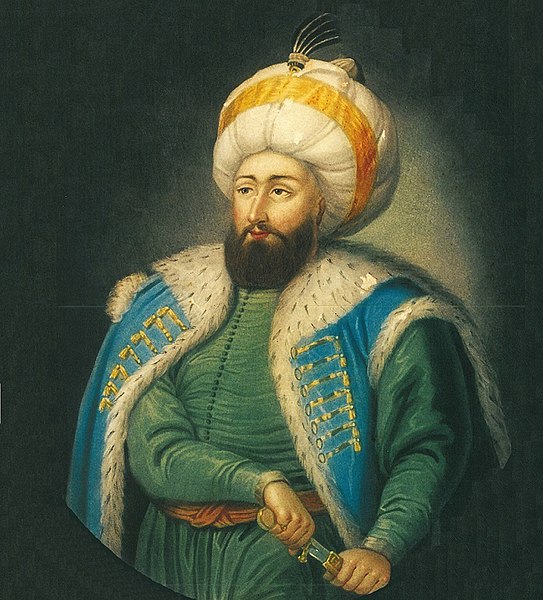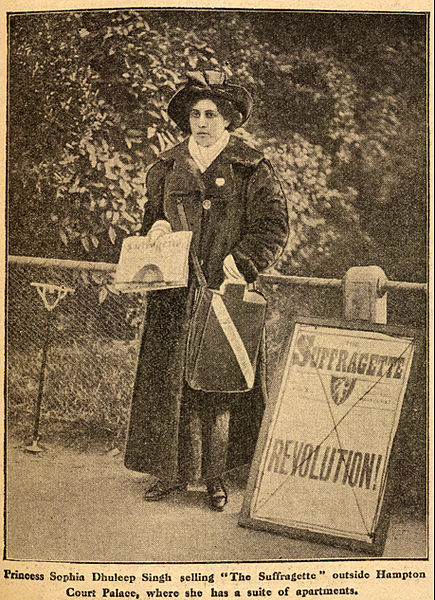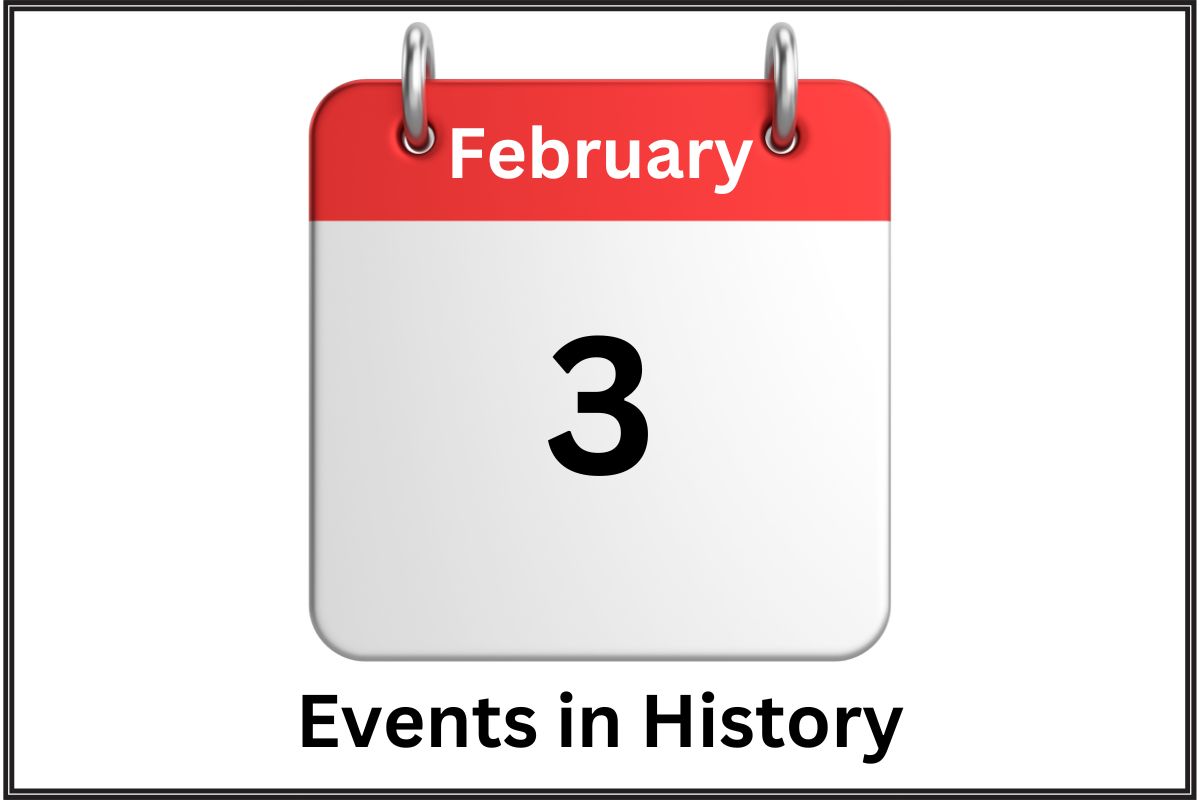This article chronicles a selection of pivotal events that occurred on February 3rd throughout history, arranged in chronological order.
Covering a broad spectrum of areas—including politics, exploration, science, culture, and significant societal shifts—each entry provides a snapshot of moments that have shaped our world.
From the end of the Avignon Papacy in 1377, marking the Papal See’s return to Rome, to widespread civil unrest in Cameroon in 2008, these events underscore the rich tapestry of human endeavor, conflict, and progress.
This exploration through time highlights transformative occurrences that have left indelible marks on the collective memory of humanity, reflecting the diverse facets of our shared past.
February 3rd Events in History
1377 – The Papal See is moved back to Rome from Avignon
The Papal See’s return to Rome marks the end of the Avignon Papacy, a period during which the Popes resided in Avignon, France, rather than in Rome, Italy.
This period began in 1309 under Pope Clement V due to the chaotic political situation in Rome and lasted until 1377 when Pope Gregory XI moved the Papal See back to Rome.
Also Read: February 2 – On this Day in History
The Avignon Papacy is often cited as a period of decline in papal prestige, and its end was a significant step in re-establishing the Papacy’s independence and authority in Italy and within the Roman Catholic Church.
1451 – Sultan Mehmed II inherits the throne of the Ottoman Empire
Mehmed II, also known as Mehmed the Conqueror, became Sultan of the Ottoman Empire for the second time in 1451, following the death of his father, Murad II. His first reign was brief and largely ceremonial, as he was only a child.
Also Read: February 4th Events in History
However, during his second reign, he is most renowned for his conquest of Constantinople in 1453, which marked the end of the Byzantine Empire and established the Ottomans as a major power in both Europe and Asia.
Mehmed II’s reign significantly expanded the empire, transforming it into a transcontinental domain and facilitating the spread of Islam into southeastern Europe.

1488 – Bartolomeu Dias of Portugal lands in Mossel Bay after rounding the Cape of Good Hope, becoming the first known European to travel so far south
Bartolomeu Dias was a Portuguese explorer who, in 1488, became the first European to round the southern tip of Africa, opening the way for a sea route from Europe to Asia.
Dias’ expedition was significant because it proved that the Atlantic and Indian Oceans were connected, contradicting previous beliefs based on Ptolemaic geography that suggested a landmass connecting Africa to the southern part of the Indian Ocean.
Dias’ voyage paved the way for future exploration, including Vasco da Gama’s journey to India, and established Portugal as a leading maritime and colonial power in the Early Modern Era.
1690 – The colony of Massachusetts issues the first paper money in the Americas
In response to the shortage of coins, the Massachusetts Bay Colony issued the first paper money in the Western Hemisphere in 1690. The money was used to finance military expeditions during King William’s War.
This innovative financial instrument was a promise to pay bearers on demand, a concept that laid the groundwork for modern paper currency systems.
The issuance of paper money was a significant development in the economic history of the Americas, facilitating trade and commerce in an era when metallic currency was scarce and cumbersome.
1783 – Spain recognizes the independence of the United States
Following the American Revolutionary War, Spain, along with other European powers, recognized the independence of the United States. The recognition from Spain, a major colonial power at the time, was significant for the newly independent nation, helping to solidify its place on the international stage.
Spain’s recognition came after the signing of the Treaty of Paris in 1783, which officially ended the war and established the United States as a sovereign entity. Spain’s acknowledgement was part of the broader international acceptance of the United States’ independence, marking a new era in North American history.

1809 – The Illinois Territory is created
The Illinois Territory was officially formed on February 3, 1809, from the Indiana Territory, in preparation for Illinois’ future statehood.
The creation of the territory was a response to the increasing population in the region, largely due to migration from the southeastern United States. This period was significant in the early development of the United States as the nation expanded westward.
The Illinois Territory included areas that would later become the states of Illinois, Wisconsin, and parts of Minnesota. This division laid the groundwork for the establishment of Illinois as the 21st state of the Union in 1818.
1830 – The sovereignty of Greece is confirmed in a London Protocol
The London Protocol of 1830 was a significant diplomatic agreement in which Britain, France, and Russia confirmed the sovereignty and independence of Greece from the Ottoman Empire. This was a pivotal moment in the Greek War of Independence, which had begun in 1821.
The protocol established Greece as a fully independent monarchical state after centuries of Ottoman rule. This international recognition was crucial for Greece’s national identity and sovereignty, setting the stage for the modern Greek state’s formation and development.
1863 – Samuel Clemens first uses the pen name Mark Twain in a Virginia City newspaper, the “Territorial Enterprise”
On February 3, 1863, Samuel Clemens, better known by his pen name Mark Twain, first used this pseudonym in an article published in the “Territorial Enterprise,” a newspaper in Virginia City, Nevada.
The name “Mark Twain” is believed to be derived from his experiences working on Mississippi riverboats, where “mark twain” signifies a depth of two fathoms (12 feet), considered safe water for navigation.
Clemens’ adoption of this pen name marked the beginning of his illustrious career as one of America’s most famous writers, known for his wit, satire, and social commentary.
1870 – The Fifteenth Amendment to the United States Constitution is ratified, granting voting rights regardless of “race, color, or previous condition of servitude”
The Fifteenth Amendment was ratified on February 3, 1870, as part of the Reconstruction Amendments following the American Civil War. It was a landmark piece of legislation aimed at prohibiting federal and state governments from denying a citizen the right to vote based on that citizen’s “race, color, or previous condition of servitude.”
This amendment was crucial in the struggle for civil rights in the United States, although its effectiveness was undermined for many years by state laws that imposed other restrictions on voting rights, such as literacy tests, poll taxes, and other discriminatory practices, particularly affecting African American voters in the South.
1907 – The British Parliament rejects the Women’s Suffrage Bill
On February 3, 1907, the British Parliament rejected a bill that would have granted suffrage to women, marking a significant moment in the women’s suffrage movement in the United Kingdom. This rejection led to increased activism and the rise of more militant tactics by suffragettes, who were fighting for women’s right to vote.
The movement was characterized by protests, hunger strikes, and even acts of civil disobedience. The struggle continued until partial women’s suffrage was granted in 1918, with women over the age of 30 meeting certain property qualifications being allowed to vote, and full equal suffrage for men and women was finally achieved in 1928.

1917 – World War I: The United States breaks off diplomatic relations with Germany two days after the latter announced unrestricted submarine warfare
In response to Germany’s announcement on January 31, 1917, of a policy of unrestricted submarine warfare, where German submarines would sink any ship, including civilian and neutral ships, within the war zone around Britain, the United States severed diplomatic ties with Germany on February 3, 1917.
This decision marked a significant escalation in tensions between the United States and Germany during World War I and was a crucial step towards the eventual U.S. entry into the war in April 1917.
The sinking of American merchant ships and the Zimmermann Telegram, where Germany proposed a military alliance with Mexico against the United States, further inflamed public opinion in the U.S. against Germany.
1931 – The Hawke’s Bay earthquake, New Zealand’s worst natural disaster, kills 258
On February 3, 1931, a devastating earthquake struck the Hawke’s Bay region on the North Island of New Zealand. Measuring 7.8 on the Richter scale, it remains New Zealand’s deadliest natural disaster.
The cities of Napier and Hastings were destroyed, and fires that broke out afterward caused further damage. The disaster led to significant changes in building codes and earthquake preparedness and recovery strategies in New Zealand, emphasizing earthquake-resistant construction methods.
1959 – The Day the Music Died: Rock and roll musicians Buddy Holly, Ritchie Valens, and J.P. “The Big Bopper” Richardson are killed in a plane crash near Clear Lake, Iowa
On February 3, 1959, a small aircraft carrying musicians Buddy Holly, Ritchie Valens, and J.P. Richardson (The Big Bopper) crashed into a cornfield shortly after takeoff from Mason City, Iowa, killing all aboard, including the pilot.
This tragedy, later referred to as “The Day the Music Died,” immortalized in Don McLean’s song “American Pie,” marked a significant loss for the music world.
The event highlighted the risks of the early rock and roll touring lifestyle and had a profound impact on the music industry and fans worldwide.
1966 – The Soviet Luna 9 spacecraft makes the first controlled rocket-assisted landing on the Moon
Luna 9, an unmanned Soviet spacecraft, made history on February 3, 1966, by achieving the first successful soft landing on the Moon and transmitting photographic data back to Earth.
This mission provided the first images from the lunar surface, proving that a spacecraft could make a controlled landing and suggesting that the Moon’s surface could support future manned missions.
Luna 9’s success was a significant milestone in the space race, demonstrating advanced Soviet space technology and contributing valuable knowledge to the field of lunar exploration.
1969 – Yasser Arafat is appointed chairman of the Palestine Liberation Organization
On February 3, 1969, Yasser Arafat, a founding member of the Fatah political party, was appointed chairman of the Palestine Liberation Organization, a position he would hold for almost 35 years until his death in 2004.
Arafat became the face of the Palestinian struggle for statehood, leading the PLO through periods of armed conflict, political maneuvering, and peace negotiations.
Under his leadership, the PLO sought international recognition and engaged in various diplomatic efforts to achieve Palestinian national aspirations, though his tenure was also marked by controversy and conflict.
1971 – New York Police Officer Frank Serpico is shot during a drug bust in Brooklyn and survives to later testify against police corruption
Frank Serpico, a New York City Police Department (NYPD) officer, was shot in the face during a drug bust on February 3, 1971, under circumstances that raised suspicions of setup by his fellow officers due to his whistleblowing activities against police corruption.
Serpico had been outspoken about the widespread corruption within the NYPD, leading to his ostracization and the subsequent shooting incident, which nearly cost him his life.
His testimony before the Knapp Commission, established to investigate NYPD corruption, was instrumental in exposing the extent of corruption within the force and led to significant reforms. Serpico’s experience was later popularized in the 1973 film “Serpico,” starring Al Pacino.
1984 – Space Shuttle Challenger launches mission STS-41-B, the first flight of the Space Shuttle with the Manned Maneuvering Unit
On February 3, 1984, the Space Shuttle Challenger embarked on mission STS-41-B, notable for including the first use of the Manned Maneuvering Unit (MMU), a nitrogen-propelled backpack that allowed astronauts to perform untethered spacewalks.
Astronauts Bruce McCandless II and Robert L. Stewart conducted the first untethered spacewalks using the MMU, demonstrating its capabilities for moving freely in space.
This mission represented a significant advancement in spacewalking technology and contributed to the development of extravehicular activities in space exploration.
1994 – The Federal Open Market Committee of the Federal Reserve increases the Fed Funds rate, the first such increase since 1989
On February 3, 1994, the Federal Open Market Committee (FOMC) of the Federal Reserve announced an increase in the federal funds rate, marking the first increase in interest rates since 1989. This decision was taken to curb inflationary pressures in a growing economy.
The increase signaled a shift in monetary policy aimed at stabilizing prices and managing economic expansion. The move had significant implications for the financial markets, affecting loan rates, and is seen as a critical moment in U.S. economic policy during the 1990s.
1998 – Cavalese cable car disaster: A United States military plane cuts a cable of a ski lift in Italy, killing 20 people
On February 3, 1998, a tragic accident occurred when a United States Marine Corps EA-6B Prowler jet, flying low during a training mission, severed the cable of a cable car in Cavalese, a ski resort in the Italian Alps.
The cable car plunged over 80 meters to the ground, resulting in the death of 20 people. The incident caused a diplomatic rift between Italy and the United States, leading to a trial in which the pilot and navigator of the aircraft were acquitted of involuntary manslaughter by a U.S. military court, further straining relations.
2008 – A series of riots, protests, and demonstrations erupt in Cameroon against the government of President Paul Biya
In late February 2008, Cameroon experienced widespread civil unrest and protests against the government of President Paul Biya, sparked by opposition to constitutional changes that would allow Biya to extend his presidency beyond the existing term limits.
The protests were also fueled by rising living costs and widespread dissatisfaction with the government’s policies. The demonstrations led to violent clashes between protesters and security forces, resulting in numerous deaths and arrests.
The unrest highlighted the deep-seated frustrations within Cameroonian society and the challenges of governance and democratic expression in the country.
